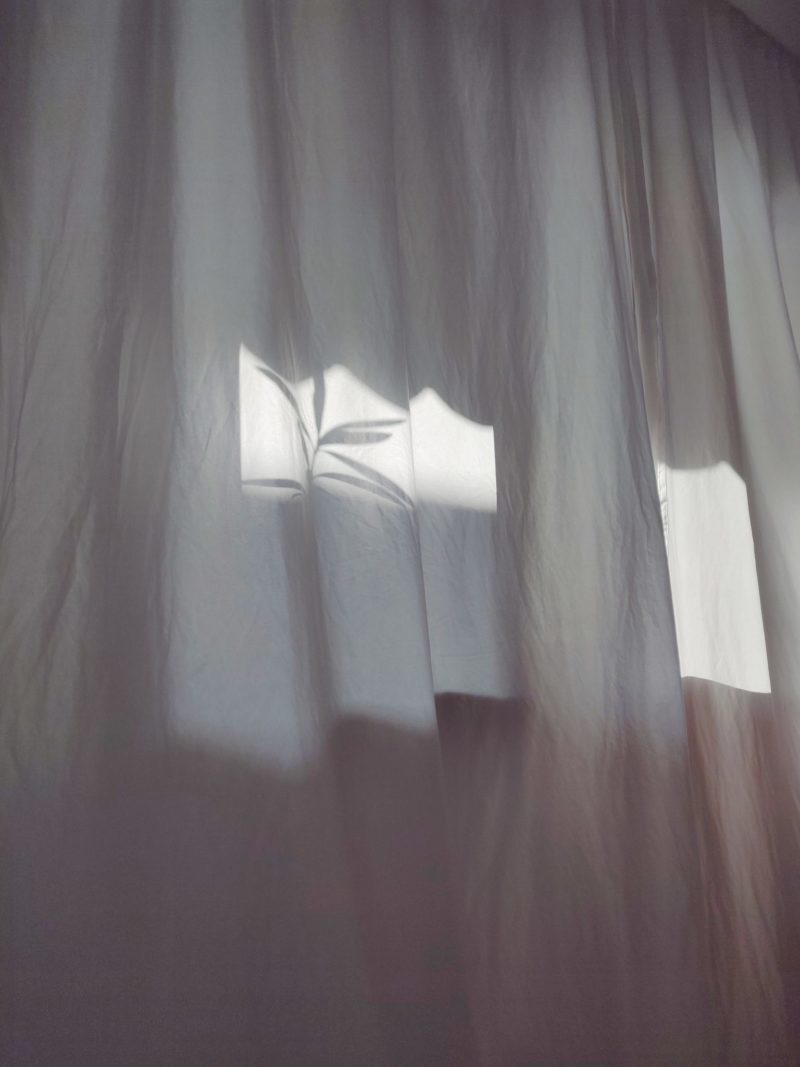Once you have mastered how to tie curtains, you can experiment with different curtain tiebacks that will surely elevate those lovely window treatments. If the concept behind this idea seems pretty straightforward, that’s because it probably is.

The problem is with some people; they tend to mess up the placements of the tieback. Obviously, tiebacks that are either too high or too low down the drapery can make things appear awkward rather than stylish.
Today, we will look at different curtain tiebacks from antique to modern styles that fit rustic and luxurious interior designs. All you need is a quick measuring process, some basic curtain hardware, and of course, your preferred choice of curtain tiebacks.
Different curtain tiebacks
Every home has a unique interior design that fashions a particular style. Whether it is rustic, vintage, modern, contemporary, or grand interior design, several types of curtain tiebacks will complement your interior just fine.
Step 1: Choosing a tieback
There are two main types of curtain tiebacks. The traditional method requires a few curtain hardware, such as simple hooks. Using the tie-back, you can hold your curtain towards the side of your window, allowing more light to shine through.
In some cases, homeowners prefer to tie their windows and let them hang across the middle. That kind of style looks good for casual and relaxed looks. In that case, you can choose between rope-like tie backs or magnetic tie backs that you can clasp together.
If you are a bit indecisive, you should still get yourself a pair of hooks. That way, you can easily decide whether you want your curtains hanging in the middle or side of the window. Changing your mind the next day won’t be a problem since you already have hooks installed. Hiding them won’t be an issue as well.
Step 2: Close your curtains.
The idea is to learn how to tie curtains because tiebacks should help you create an elegant window treatment with the perfect curvature. Close your curtains and secure their placements across the rod. Make sure that they don’t easily move around when you gather the middle sections together.
Step 3: Measure your curtain.
For most people, you can easily decide where your tiebacks should go upon inspection. But if you really want to be precise with your measurements, they usually go between two-thirds to a half of the curtain’s length.
If you are dressing two-story windows or those taller than the regular size, you might want to place your tiebacks at a lower height. It’s not that they won’t look too good higher up. Instead, it will be more accessible if you place it in a lower position.
Grab the middle section and use your hand as a temporary tieback. If you have a rope or any cable ties at home, or anything to hold the fabric, you can use that too. Tie the fabric together and take a step back to see how it looks. You can experiment with different heights until you reach a particular length. Don’t forget to note the measurement.
Step 4: Attach your holdbacks (optional)
This step is optional for those who prefer tied curtains hanging at the center of the window panel. However, if you want them pinned gracefully to the side, then pay attention.
Start by getting yourself some hooks that will hold your tiebacks and curtain. You can opt for decorative holdbacks, which basically look like decorative door knobs that come in all shapes and sizes.
For simple screw hooks, all you need is the piece itself and a powerful tool that will help you drill a hole in the wall. Decorative holdbacks need at least two to three screws, depending on the design. Please attach it to the wall using the measurement you got in step three.
Step 5: Tie the curtain back
Get your curtain tieback and wrap it around the fabric. You can use a typical knot to secure it in place. Adjust the material so that it creates an elegant curve—experiment with loosely tied or tightened knots.
For curtains swayed to the side using a holdback, gather the fabric starting from the middle and gently tug the section to the side. Remember that the top part of your curtain should not move along when you pull the middle section. Tie and secure the curtain in place.
Design Tips
Besides using regular drapery ties that you can get from any store, try to experiment with everyday items, you find in your household. In fact, you can even switch it up with DIY curtain tiebacks using cable ties and decorative materials.
Think outside the box when it comes to decorating your holdbacks. There are clear and plain curtain holdbacks that you can easily customize. Decorate it with some acrylic paint, stickers, or 3D ornaments like floral garlands, bells, and many more.
Don’t have the time to buy a tieback or make your own? That’s okay since you can also tie the curtains with the fabric itself. Keep in mind that this might only work for longer sheer curtains lengths.
Take a bunch of fabric and treat it as a relatively thick piece of rope. Knot the fabric together, and you will have a neatly tied curtain without the use of any curtain tiebacks or holdbacks. You can also experiment with decorative styles of tying the fabric.
Summary
Overall, there are many ways to tie curtains and make them look visually appealing. Find out what works for you, and don’t be afraid of testing the waters.
